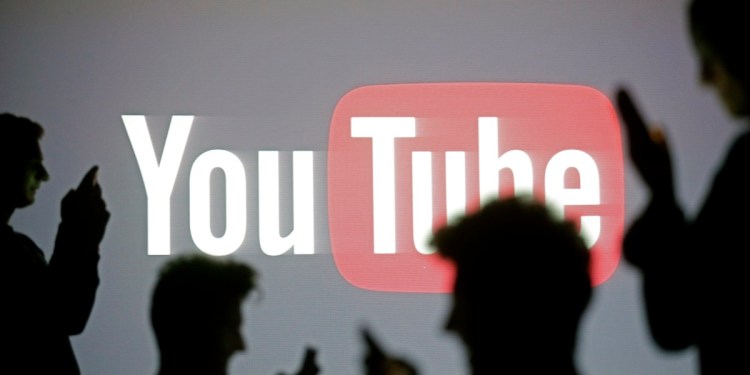testsetset
Nearly two years after pulling its ads from YouTube — due to unintentional placement alongside controversial content — AT&T has announced that it is returning to Google’s video-streaming platform.
Because YouTube’s ad platform is programmatic, meaning software decides where ads are placed rather than humans, brands haven’t always had as much control as they would like in terms of where their ads are shown. In early 2017, AT&T was one of a number of brands from across the U.S. and Europe to distance itself from YouTube after its ads were run alongside extremist videos.
Indeed, YouTube faced growing criticism for making money off ads that run opposite controversial content. For example, at the 2017 Super Bowl, Hyundai created an ad hailing U.S. troops that was then used as preroll to a video supporting Hezbollah.
In response to the brouhaha, YouTube announced it would be making major changes, including hiring more people to tackle the issue and investing in additional resources, which included leveraging AI and machine learning to help ensure ads were kept away from certain videos.
June 5th: The AI Audit in NYC
Join us next week in NYC to engage with top executive leaders, delving into strategies for auditing AI models to ensure fairness, optimal performance, and ethical compliance across diverse organizations. Secure your attendance for this exclusive invite-only event.
“We know advertisers don’t want their ads next to content that doesn’t align with their values,” said Google’s chief business officer, Philipp Schindler, at the time. “So starting today, we’re taking a tougher stance on hateful, offensive, and derogatory content.”
But even well into 2018, YouTube continued to draw criticism after major brands’ ads appeared alongside videos promoting Nazism, pedophilia, conspiracy theories, and North Korean propaganda, according to a CNN report.
Good match
As one of the biggest advertisers in the U.S. by dollar-spend, AT&T was a major loss for YouTube. Conversely, YouTube is one of the biggest video-streaming platforms in the world, so the move cut off a major advertising channel for AT&T. But it seems the duo have been working to get things going again, developing a “data-driven, brand-safe solution,” according to AT&T’s chief brand officer, Fiona Carter. She said this “three rigorous content tests and many hours of hard work” were needed to reach this resolution.
“I’m thrilled that AT&T is back,” Carter said, “but I’m also glad that we packed up our ads and walked away in the first place. As powerful as digital platforms are in today’s advertising ecosystem, they can’t be permitted to disempower the brands that use them to reach their customers. We’re one of the biggest advertisers in the U.S. When a business like ours serves 170 million direct-to-consumer relationships, it matters where the AT&T globe shows up — and whose content we end up supporting.”
AT&T leveraged a YouTube “brand suitability system” that involves creating a customized list of content categories to avoid, such as hate speech, adult content, extremism, and violence. According to Carter, this helped them reach a “near-zero” outcome in terms of the number of AT&T ads that appear alongside controversial or divisive content.
“This was enough to convince us that our brand could safely return to YouTube,” she said.
Still, no algorithm is perfect — it will be interesting to see how long we have to wait until the next AT&T ad is prerolled against less-than-desirable content.

